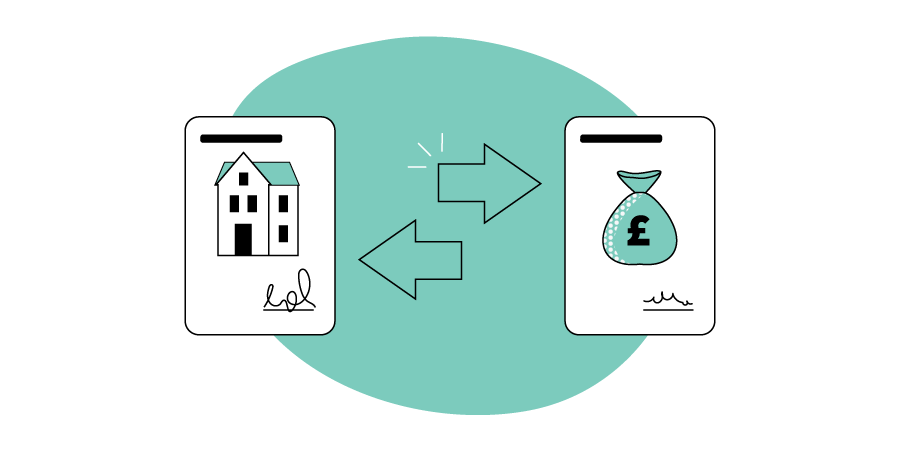
You can find a brief summary at the GOV.UK website. And to help you fully understand what to expect – and when things might happen – we’ve put together this step-by-step guide to conveyancing.
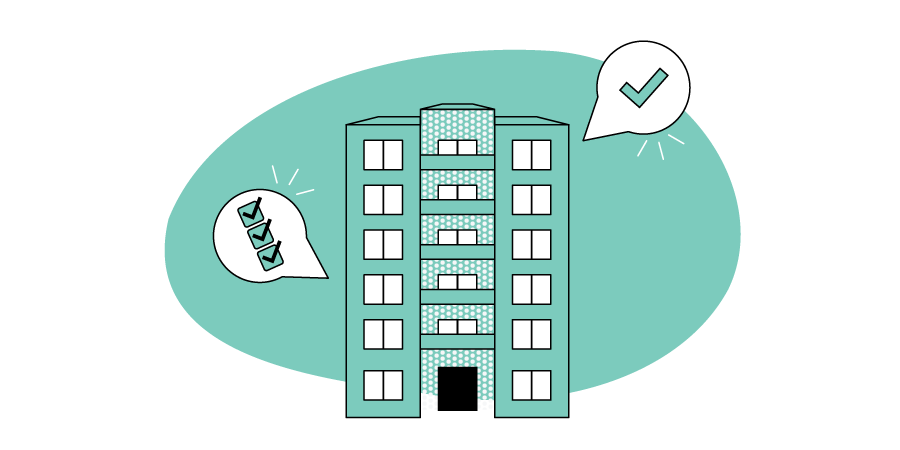
Step 1: Instruct a conveyancer
Once the purchase price of the home you want has been agreed, you’ll need to give your estate agent or developer details of your conveyancer. You can choose either a solicitor or a licensed conveyancer. If you’re buying an off-plan or new-build property, look for one with experience in this area.
Whichever firm you choose, make sure they’re regulated by a professional body. You can check with either the Solicitors Regulation Authority or the Council for Licensed Conveyancers.
Conveyancing fees can vary widely, so it’s a good idea to ask people you trust for recommendations and to get a few quotes before deciding who you want to go with. Once you’ve found someone, they’ll provide you with their terms of business. Many will also give you a fixed-fee estimate. Just bear in mind that this will only be based on the information you’ve provided so far. Costs could increase if the legal work becomes more complex.
Step 2: Get documentation from the seller’s solicitor
Your conveyancer will contact the developer or seller’s solicitor to tell them that they’re acting on your behalf and to request copies of the draft contract and title documents. They will also ask for the property's 'protocol documents'. These are forms which the seller has to complete that will give you a lot of practical information about the property you want to buy.
They include:
- Property Information Form – showing details of property boundaries, past alterations, any disputes, guarantees, previous heating and electrical work and more.
- Fittings and Contents Form – confirming which items will be included or excluded in the sale.
- Leasehold Information Form (if applicable) – giving details of the landlord, ground rent, service charges and more.
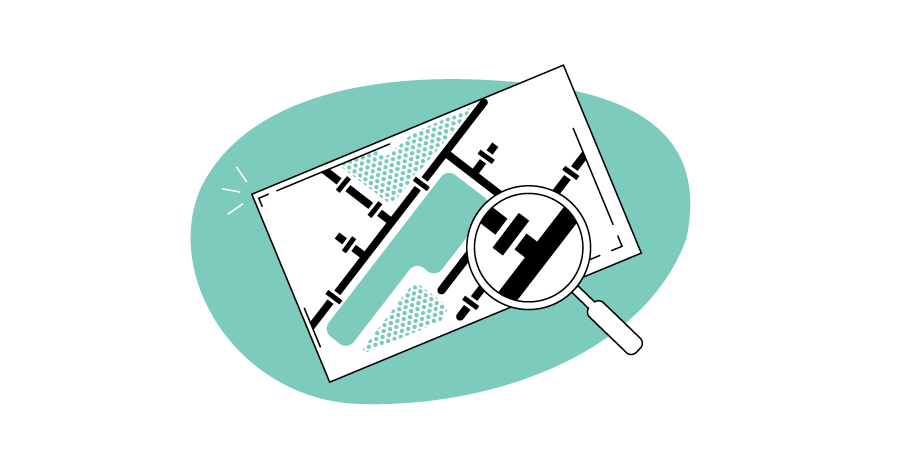
Step 3: Pay for searches
Searches are important checks carried out to help protect you from anything that may have a negative impact on the value of your property after you’ve moved in. They include:
- Local authority searches - checking for any planned developments, right of way issues or health risks.
- Water authority search - to confirm that the property is connected to the mains water, drains and sewage systems.
- Environmental searches - looking for any nearby contaminated land, landfill sites, flood plains or land stability issues
- Location-specific searches - checking for mining or flood issues in specific parts of the UK.
You’ll need to pay your conveyancer upfront for these searches. Generally speaking, they cost between £200 and £300 and can take up to six weeks to complete. Searches are one part of the conveyancing process that can often cause delays, so the quicker you pay for them and get the ball rolling, the better.
Step 4: Carry out legal work
Once your conveyancer receives the draft contract they’ll scrutinise every detail. This document contains:
- The terms and conditions of the proposed purchase
- Seller and purchaser information
- Full details of the property being sold
- The agreed sale price
- The size of the deposit you’ll need to pay when contracts are exchanged
Your conveyancer will also carefully examine the seller’s supporting documents and clarify any issues with the seller’s solicitor to make sure that the contract is acceptable to you and any lender you’re using.
Checking things over is a team effort. So you’ll need to review all the forms the seller has completed too. If you have any concerns or queries, it’s important to let your conveyancer know.
A copy of any mortgage offer from your lender will also be sent to your conveyancer. They’ll check any special conditions and confirm that the information held by the lender is correct. A report will be produced for you outlining all the findings and you’ll then be asked to sign a mortgage deed.
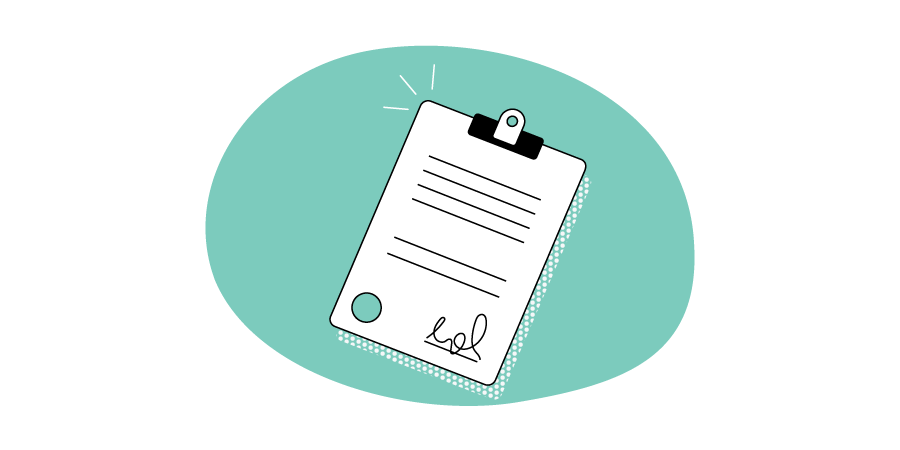
Step 5: Sign the paperwork
As you’d expect, throughout the process there’ll be documents to fill in and return. While some can be scanned and emailed, more formal items – such as the mortgage deed – have to be signed in the presence of a witness. You may need to go to your conveyancer’s office to do this. If you sign elsewhere, you’ll still need to return the document by hand or via recorded delivery.
Once pen has been put to paper, your conveyancer will talk to you about choosing a convenient date for you to move into your new home. This is technically known as ‘completion’.
Any date will need to be agreed with the developer or seller’s solicitor, as well as any other parties in your chain. Once a completion date is agreed, everyone will then work towards sorting out a date for exchanging contracts.
With a new-build or off-plan home, it’s likely that completion will be on notice. This means that once the property is built, you’ll need to complete within 10 working days. Your conveyancer will explain this to you in more detail.
Step 6: Pay your deposit
Before you can exchange contracts, you’ll need to transfer the deposit to your conveyancer. In most cases, this will be around 10% of the property’s value. However, Barratt London has schemes such as Deposit Boost that can help you move with just a 5% deposit.
Step 7: Exchange contracts
This is perhaps the most significant milestone in buying a new home. As the name suggests, it’s the moment when contracts between you and the seller are exchanged. At that point your agreement becomes a legally binding contract. As a result, if you fail to complete the purchase on the agreed date you may lose your deposit and incur costs.
Exchange of contracts takes place over the phone. Your conveyancer will then send the signed contract, transfer deed and the deposit to the seller’s solicitor. If there’s a chain, all parties will exchange at the same time and with the same completion date.
If you’re buying a second-hand home, you’ll need to have buildings insurance in place as you’ll be legally responsible for the property once the contracts have been exchanged. However, if you’re purchasing a new-build home, you won’t need to do this until your purchase completes.
Step 8: Complete the purchase
Shortly before completion day, your conveyancer will send you a statement so you can arrange to pay any outstanding money that you owe.
They will also ask your lender for the necessary mortgage funds and carry out the final completion searches. On completion day itself, your conveyancer will receive the mortgage funds from your lender and transfer the balance to the seller’s solicitor.
This phase in the process can be a bit nerve-wracking, but your conveyancer will keep you up to speed. Once the completion funds have been transferred, you’ll be able to collect the keys and move into your new home.
Step 9: Register the change of ownership
After you’ve got the keys to your new home, there are just a few loose ends to tie up.
Your conveyancer will pay any Stamp Duty (if applicable) to HM Revenue & Customs. It’s a tax paid on residential property purchases over £250,000. Recent changes by the Government mean that you could save thousands when you buy a new home. You can find out more on our Stamp Duty page.
Your conveyancer will send your documents to the Land Registry to register your ownership. With a new-build home this may take a bit of time. When everything’s completed, the Land Registry will send the title certificate to your conveyancer who will pass it on to your mortgage lender – or direct to you if you’re a cash buyer.
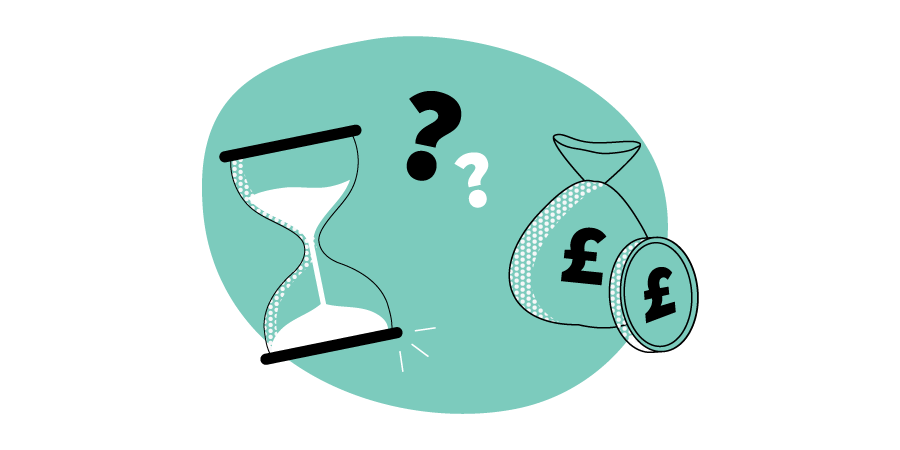
How long does conveyancing take?
There’s no hard and fast rule. Buying a new-build home is often a simpler process because there’s less likely to be a chain in which your purchase is dependent on other transactions.
However, as the HomeOwners Alliance suggests, it’s still best to allow for a timeframe of between eight and twelve weeks – longer if something unexpected crops up to cause a delay (1).
How much does conveyancing cost?
The cost of conveyancing can basically be split into two parts. First there are the legal fees charged by your conveyancer or solicitor. Then there are disbursements, which are the fees you need to pay to third parties for carrying out services like searches.
It’s not an exact science, but in general you can expect to pay anywhere between £300 to £1,500 for conveyancing fees, plus disbursements of around £700 or more.
So many reasons to choose a brand-new home
The conveyancing process might seem a bit complicated, but the good news is that buying a new-build home is usually pretty straightforward – particularly if you’re a first-time buyer. And there are plenty of other good reasons to choose a brand-new home. Take a look at this article to find out more.
If the idea of living in a smart, energy-efficient Barratt London home designed for modern living inspires you, there’s no time like the present to start looking.
References:
(1) Conveyancing timeline: how long does it take? HomeOwners Alliance.

